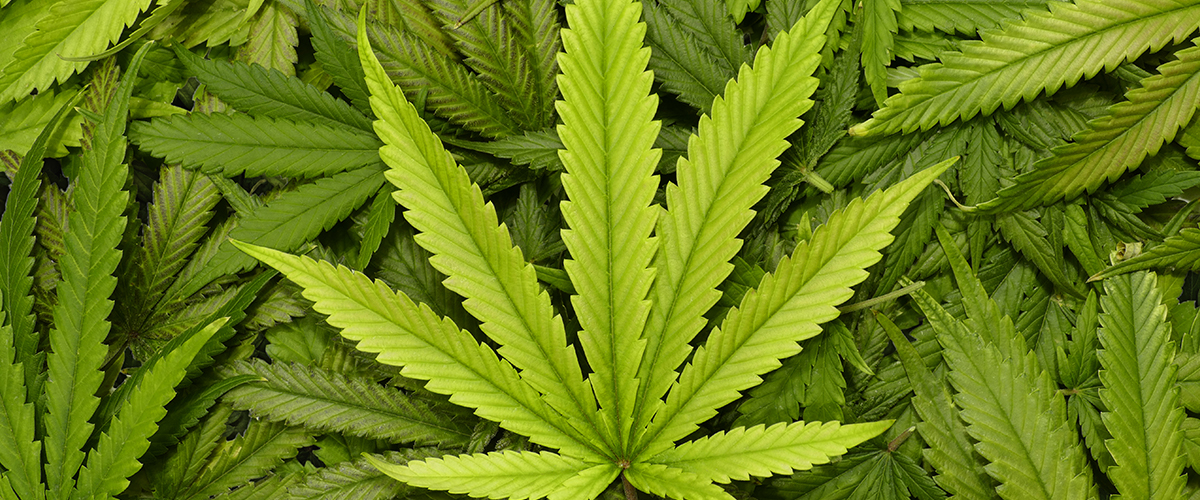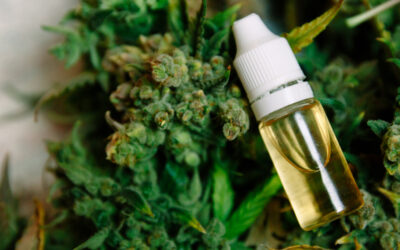Don’t throw away your cannabis leaves! Here are four uses for marijuana leaves that are better than putting them in your local landfill.
Leaves are the primary energy gatherers of the cannabis plant. Green chlorophyll in the leaves helps harvest the sun’s energy, transforming it into vital fuel. Without healthy leaves, the cannabis plant is not able to live up to its full potential.
However, it is the buds of the cannabis plant that are harvested for medical and recreational use, meaning marijuana leaves that are pruned during cultivation and harvest are often seen as a byproduct, rather than a valuable product of the cannabis plant.
Here, we will discuss the various potential uses of marijuana leaves to ensure you are getting the most out of your cannabis plant each and every harvest.
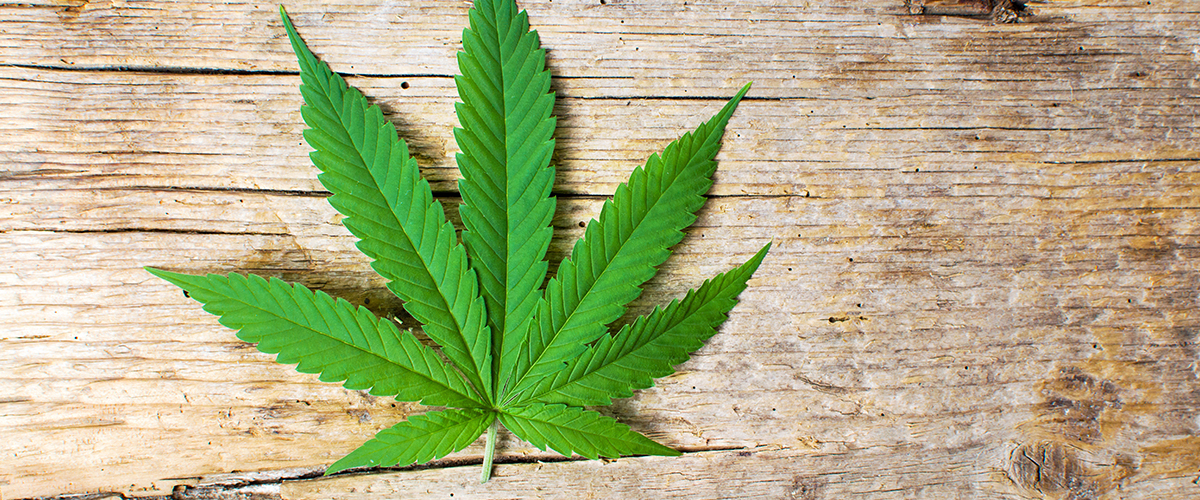
Types of Cannabis Leaves
Before diving into all the exciting ways to use cannabis leaves, let’s start with some marijuana leaf basics.
Many users ask about how many leaves the marijuana plant has. While the number of leaflets (the individual fingers of the leaf) on marijuana leaves may differ depending on the type of cannabis plant, its place in the growth cycle, and more, they will have a odd number of leaflets, with mature leaves displaying serrated edges. Usually the number of leaflets is between 7-9, but some marijuana leaves can have up to 13.
When deciding how to use cannabis leaves, it’s important to first recognize that there are two types of leaves on a cannabis plant – the fan leaf and the sugar leaf. The two types of cannabis leaves have unique features that you may find makes them more ideal for a particular use.
- Fan Leaf: Broad marijuana leaves that shoulder most of the cannabis plant’s light gathering. Cannabis fan leaves are often recognized as the iconic symbol for cannabis. Fan leaves on indica plants are typically darker green with wider “fingers,” while sativa’s fan leaves often are lighter in color with lean, slender “fingers.” Cannabis fan leaves on hybrid cannabis strains generally feature a blend of the two. These leaves are typically trimmed during cultivation and contain low levels of cannabinoids. While they are among the most under-recognized and under-utilized parts of the cannabis plant, cannabis fan leaves are filled with flavor, resin, and phytonutrients that support wellness and health.
- Sugar Leaf: Smaller marijuana leaves that grow close to the cannabis plant’s flowers or “buds” during the plant’s flowering stage. Often times marijuana sugar leaves are hidden, with only their tips peaking through the larger marijuana fan leaves. Marijuana sugar leaves are usually trimmed after harvest to make buds appear more appealing to consumers, either before or after drying and curing. Sugar leaves are typically coated in white, delicious trichomes as if coated with a dusting of powdered sugar, and contain higher levels of cannabinoids than fan leaves.
These two types of marijuana leaves are often discarded, but they can be very valuable for making nutritious and cannabinoid-infused beverages and edibles that you can make at home or to amend previously-used soil to grow strong and healthy plants. Here are 4 healthy and green ways to use your cannabis leaves.
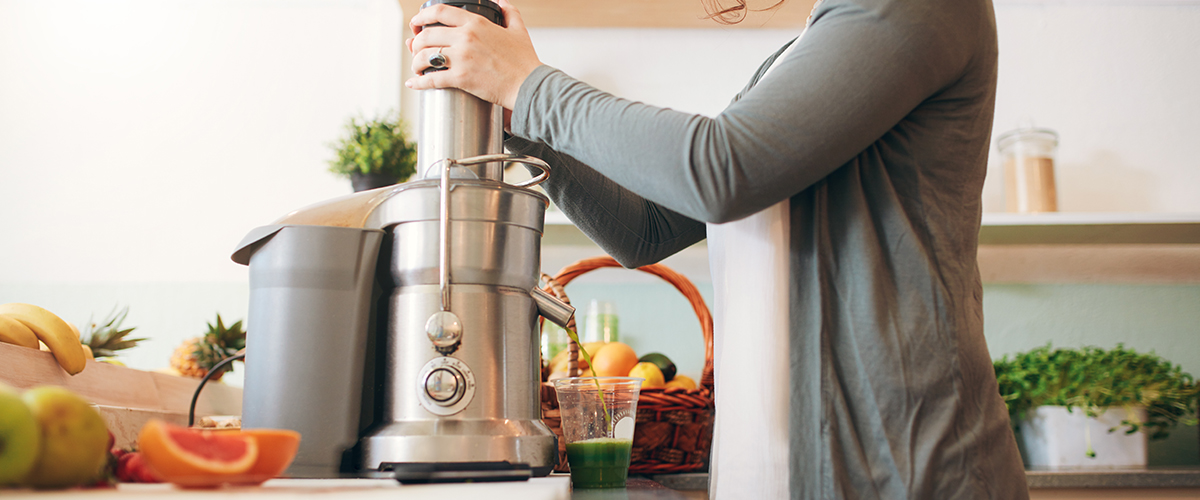
Juicing Raw Cannabis Leaves
The cannabis plant is highly nutritious, containing significant levels of essential vitamins and minerals, omega fatty acids, proteins, fiber, terpenes, flavonoids, and of course, cannabinoids. Raw cannabis fan and sugar leaves are great for upping the nutritional impact of green juices.
When kept fresh and raw (not dried or heated), cannabinoids in the cannabis plant are found in their acid form rather than their “active” form, meaning you will not experience psychoactive effects or a “high” from eating or drinking raw cannabis leaves. Cannabinoids in their acid form, such as THCa and CBDa, provide their own unique benefits through their interaction with the endocannabinoid system.
Cannabis juice can be made at home with any type of blender. The raw cannabis leaves and even buds are first pulverized and then hand-pressed through a strainer or cheesecloth, which separates the pulp from the juice. Alternatively, a home juicer can be used to add marijuana leaves to any preferred juicing blend of fruits or vegetables.
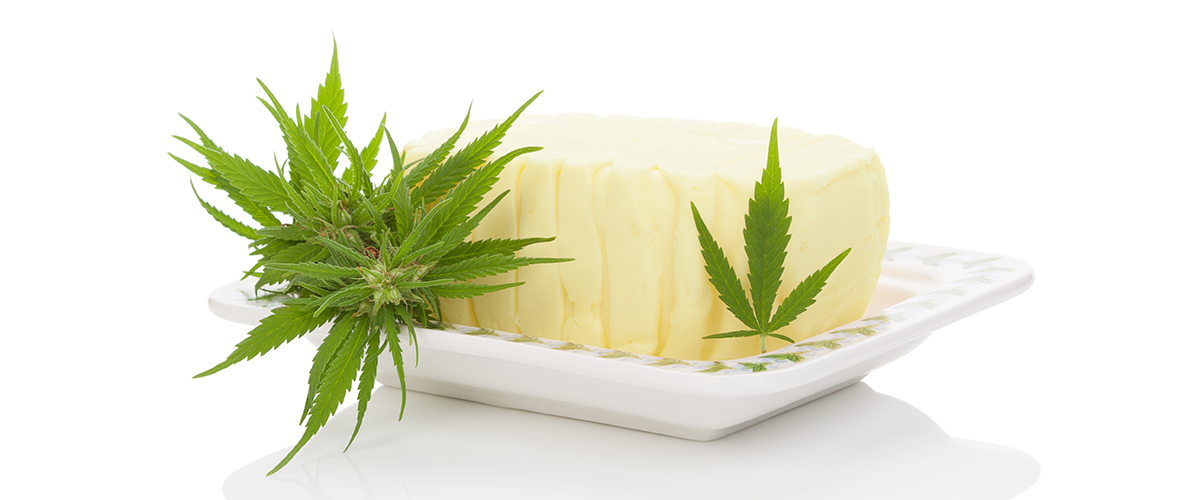
Cannabis Leaf Butter
Although you can make much more potent cannabis-infused butter with the plant’s flowers, marijuana leaves, especially sugar leaves, can also be used to create cannabinoid-infused butter or cannabutter.
To create cannabis leaf butter, you will need to heat your butter and leaves over low heat. This will both decarboxylate your cannabinoids and assist in their absorption into the butter. The same general technique can be used to infuse cannabinoids into oils like olive oil or coconut oil. Once the butter has been strained of the plant material and cooled, it can be spread on toast or used to create any number of cannabis-infused edibles. Try incorporating your cannabis leaf butter into baked goods like brownies, or using it to top baked potatoes or a steak at dinner for a twist on the traditional marijuana edible.
Get full instructions for making cannabis butter here.
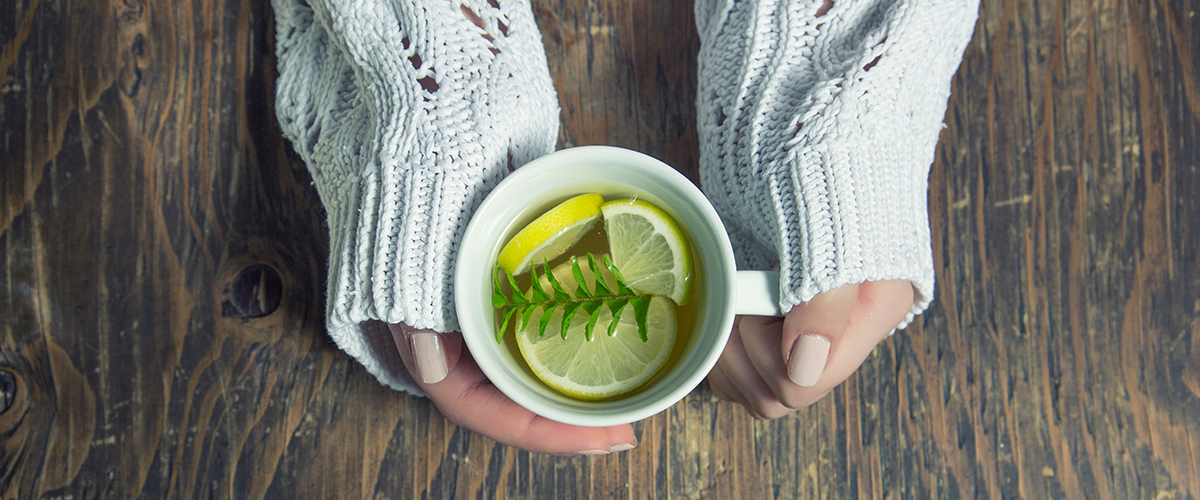
Cannabis Leaf Tea
Marijuana leaves can also be dried and used in teas. Simply add dried marijuana leaves into hot water for a soothing cannabis herbal tea. If you do not enjoy the taste of the cannabis plant by itself, you can add other herbs and botanicals for taste or to draw on the benefits of various herbs.
The psychoactive effects of drinking cannabis tea is often debated. The hot water in tea is not likely to be hot enough to cause decarboxylation, which “activates” THC so that it can interact with the body to cause its euphoric effects.
Additionally, the resin of the cannabis plant, which is what holds cannabinoids, is fat soluble. For the cannabinoids to efficiently produce psychoactive effects, the resin needs to be dissolved into a carrier fat. One way to do this would be to add milk or cream to your tea.
A more effective method might be to heat dried cannabis leaves in some coconut oil. This will extract and amplify whatever cannabinoids happen to be present in the leaves. This cannabinoid-infused coconut oil can then be added to loose leaf tea and used to create tea with activated cannabinoids and a carrier fat to make them more easily absorbed by the body.
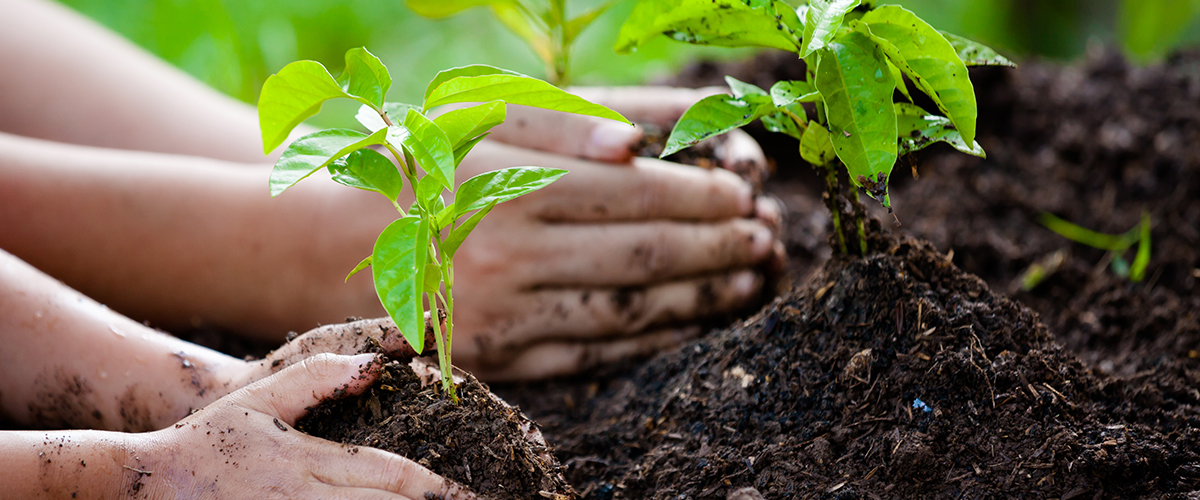
Composting Cannabis Leaves
If you are growing your own cannabis at home, either indoors or sun grown, then there are a few ways to use cannabis fan leaves better than as compost.
Composting is a great way to add the nutrients your plants need to your soil. By simply collecting your kitchen and yard waste, including leaves from your cannabis plants, you can divert as much as 30% of your household waste away from landfills and into your garden where its nutrients can help support bigger, healthier marijuana plants. Additionally, microorganisms living in compost help aerate the soil, break down organic material, and ward off plant disease.
Whether using your compost on your cannabis plants, your home garden, or both, you will be saving the nutrients in your household waste and returning them to the soil where they can provide the most benefit.
Read More About the Cannabis Plant
There is always more to learn about the cannabis plant on our Cannabis 101 page, including articles about growing marijuana at home, the types of cannabis products available, and picking the best dispensary for you.

